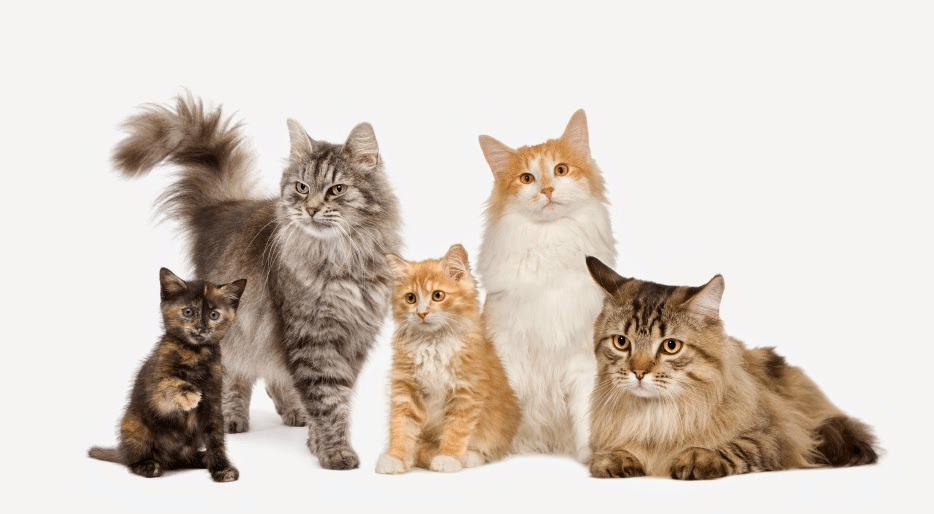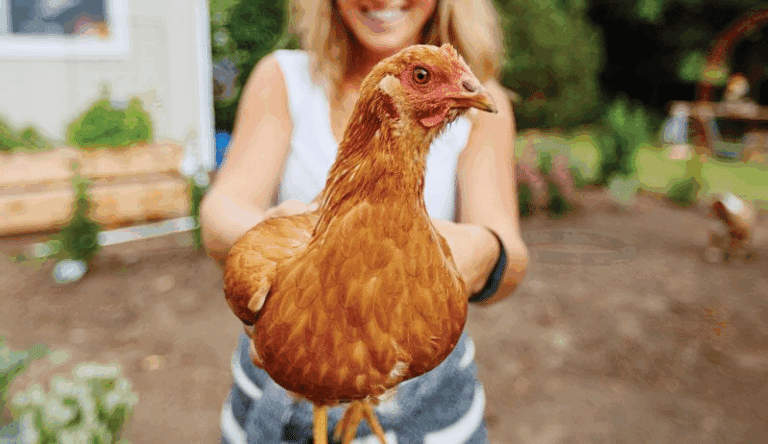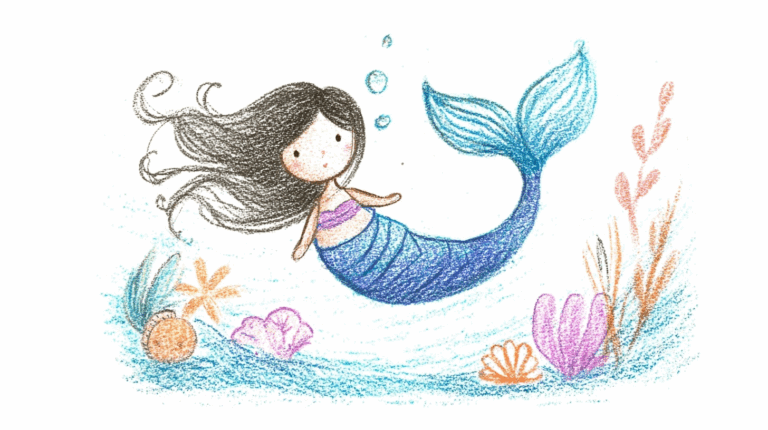Your cat is basically living seven lives in one. That playful kitten? In months, they’ll be a moody teenager. Then a confident adult. Finally, a sleepy senior. Most owners miss these changes completely.
Cats don’t age like humans.
They go through dramatic personality shifts that catch you off guard. One day you have a cuddly kitten, the next a moody adolescent who owns the place.
Let’s break down what happens when, so you can stay ahead of your feline friend.
What is the Life Cycle of a Cat?
The life cycle of a cat has four main stages: kitten, junior, adult, and senior. It starts when a cat is born as a kitten.
Kittens are small, need lots of care, and drink their mother’s milk. As they grow, they become juniors, learning to play, hunt, and explore their world.
When a cat is about one year old, it becomes an adult. Adult cats can have kittens of their own and are usually more independent.
As cats get older, they enter the senior stage. Senior cats need extra care and may slow down, but with love and good food, they can live happy lives for many years. Understanding the life cycle of a cat helps you take better care of your pet at every age.
How Cats Grow: The Surprising Stages of Feline Life

Cats go through different stages in their lives, just like people do. Understanding your cat’s life cycle helps you take better care of them at every age. Let’s explore the amazing journey from tiny kitten to senior cat.
Stage 1: Kitten (0-6 months)
Kittens are born after their mom is pregnant for about 65 days. When they’re born, they can’t see or hear yet. Their eyes open when they’re about 10 days old.
Baby kittens need their mother’s milk for the first few weeks. They start eating solid food when they’re around 4-6 weeks old. This is called weaning.
During this time, kittens learn important skills like:
- How to use the litter box
- Playing with toys and other cats
- Basic social skills
Stage 2: Junior Cat (6 months – 2 years)
This is like the teenage years for cats. Junior cats are very active and playful. They’re still growing and learning about the world around them.
Most cats can have babies when they’re about 6 months old. This is why many vets suggest spaying or neutering cats at this age.
Junior cats need lots of:
- Exercise and playtime
- Mental stimulation
- Proper nutrition for growth
Stage 3: Adult Cat (2-7 years)
Adult cats are fully grown and at their strongest. They’re usually calmer than junior cats but still love to play. This is often the healthiest time in a cat’s life.
Adult cats typically:
- Weigh between 8-12 pounds
- Sleep 12-16 hours per day
- Are very independent
Stage 4: Mature Cat (7-10 years)
Mature cats start showing small signs of aging. They might sleep more and play less. Some cats begin to have minor health issues during this stage.
You might notice your mature cat:
- Moving a bit slower
- Needing more quiet time
- Having some gray hairs
Stage 5: Senior Cat (10-14 years)
Senior cats need extra care and attention. They may develop health problems like arthritis or dental issues. Regular vet visits become very important.
Senior cats often:
- Sleep even more than before
- Need softer food
- Prefer warm, comfortable spots
Stage 6: Geriatric Cat (14+ years)
Cats in this stage are considered very old. With good care, many cats live into their late teens or even early twenties. These cats need special attention and gentle handling.
Geriatric cats may need:
- Special diets
- More frequent vet checkups
- Extra warmth and comfort
Behavioral and Physical Changes Across Stages
As cats grow older, their bodies and behavior change, just like people.
Each stage of a cat’s life brings something new. Understanding these changes helps you take better care of your furry friend.
Kitten (0–6 Months)
- Behavior: Very playful and curious. Kittens love to explore, bite, and chase things.
- Physical: Small and soft with baby teeth. Their eyes and ears fully open, and they grow quickly.
Junior (6 Months–2 Years)
- Behavior: Energetic and sometimes mischievous. They start learning about boundaries.
- Physical: They reach full size. This is the best time to spay or neuter.
Adult (3–6 Years)
- Behavior: Calmer but still active. They know their routines and enjoy attention.
- Physical: Healthy coat, strong muscles, and stable weight. Regular vet visits are important.
Mature and Senior (7–14 Years)
- Behavior: Less playful and more relaxed. May become more cuddly or quiet.
- Physical: May gain weight or start slowing down. Changes in eyes, teeth, or movement may appear.
Geriatric (15+ Years)
- Behavior: Needs more rest and may become confused or forget routines.
- Physical: Thinner body, duller coat, and weaker senses. Watch for signs of illness or discomfort.
Tip: Always watch for sudden behavior changes. They can be a sign your cat isn’t feeling well. Regular check-ups help catch problems early.
Cat Years vs. Human Years: How Old Is Your Cat Really
Cats change a lot as they grow up, just like people do! Understanding how your cat’s body and behavior change at different ages helps you know what’s normal and what might need a vet’s attention.
Let’s find out what happens to cats as they go from tiny kittens to wise senior cats.
| Cat Age | Human Equivalent |
|---|---|
| 1 year | 15 years |
| 2 years | 24 years |
| 3 years | 28 years |
| 5 years | 36 years |
| 7 years | 44 years |
| 10 years | 56 years |
| 15 years | 76 years |
| 20 years | 96 years |
Cats age fast in the first two years, then about 4 human years for every cat year after. Use this chart to understand their needs at each stage.
How to Care for Your Cat at Each Life Stage
1. Kitten (0-1 year)
Kittens need special care to grow healthy and strong.
- Food: Feed kitten food for strong bones and teeth.
- Play: Give safe toys for fun and learning.
- Vet visits: Take your kitten for shots and checkups.
2. Junior (1-2 years)
Young cats are active and curious.
- Food: Switch to adult cat food.
- Exercise: Play daily to keep them fit.
- Training: Teach good habits like using the litter box.
3. Adult (3-10 years)
Adult cats need regular routines.
- Food: Give balanced meals and fresh water.
- Health: Visit the vet once a year for checkups.
- Grooming: Brush their fur to keep it clean.
4. Senior (11+ years)
Older cats need extra care and comfort.
- Food: Choose food for senior cats to help joints and digestion.
- Vet care: Visit the vet more often to catch health problems early.
- Comfort: Give soft beds and keep things easy to reach.
Caring for your cat at every stage helps them stay happy and healthy for a long time.
The Bottom Line
Every stage brings something special. Wild kitten days to peaceful senior naps – each phase has its own magic.
Understanding these stages changes everything. That “problem” behavior? Probably just normal growing up. When owners know what to expect, they worry less and enjoy their cats more.
Every cat moves at their own pace. Some stay playful at fifteen, others mature fast.
The important thing? Being there for every moment of their incredible story.


















